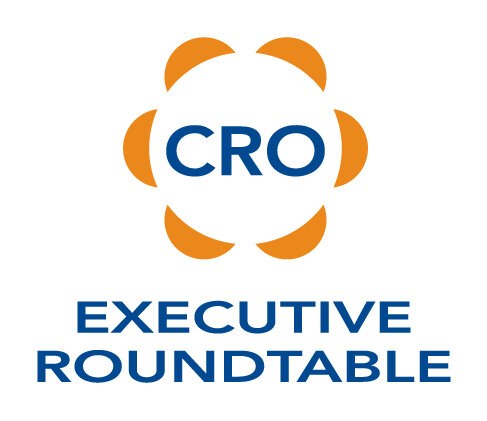We spend a lot of time helping clients understand their Differentiating Value – what they bring to the market that is unique and/or better than the competition. The process is straight forward.
Differentiating Value is not:
- Features and benefits
- Value platform
- Brand
- Quality, service or support proclamations
Sales people have been trained to memorize and mimic the slogans and sound bites that always accompany these concepts. STOP! These exist in your world but not the prospect’s. If you base your positioning on these items, you will always enjoy longer sales cycles and perpetual discount requests – especially if your sales people lead with “We are the #1 brand in the market.”
Differentiating Value only exists in the prospect’s world – not yours. It is what the prospect is buying and that is typically not how you get paid. One of our clients is a materials science company that manufactures polymer pipe for the plumbing industry. Their engineered products allow homeowners to operate all water consumption devices (dishwasher, clothes washer, lawn sprinkler, etc.) concurrently and still have family and guests able to use all the showers in the house. Prospects are buying a convenience life style but the payment transaction is based on linear feet of pipe purchased. This is Differentiating Value.














